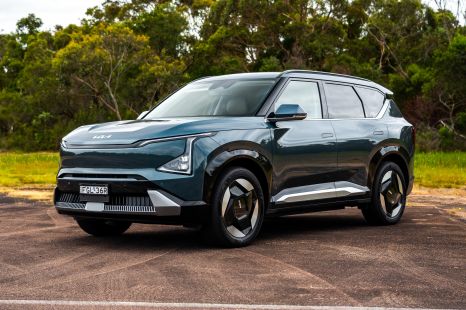

James Wong
2025 Kia EV5 Earth AWD review
4 Days Ago

News Editor
The Honda E electric hatchback is getting the axe.
The brand has published a notice on its Japanese website advising production will end in January 2024, and that “sales of the Honda E will be discontinued once the production quantity is sold out”.
Additionally, Honda told Automotive News Europe the little hatch is dead but that over its short lifespan it “brought many new customers to the brand with its distinctive design, advanced technology and driving dynamics”.

This follows remarks from Rebecca Adamson, Head of Automobile at Honda Cars UK, in July to Autocar, where she indicated a second-generation model wasn’t forthcoming there as the brand followed market demand.
“There won’t be more cars the size of the Honda E. I can say that confidently,” Ms Adamson told Autocar.
“The market demand in the UK is the SUV sector, so that’s why the focus is there. It’s a market-led product line-up. As long as that’s where the market is, we will continue to be SUV driven.”
The Honda E only entered production in 2020, after having been previewed by the Urban EV concept in 2017.
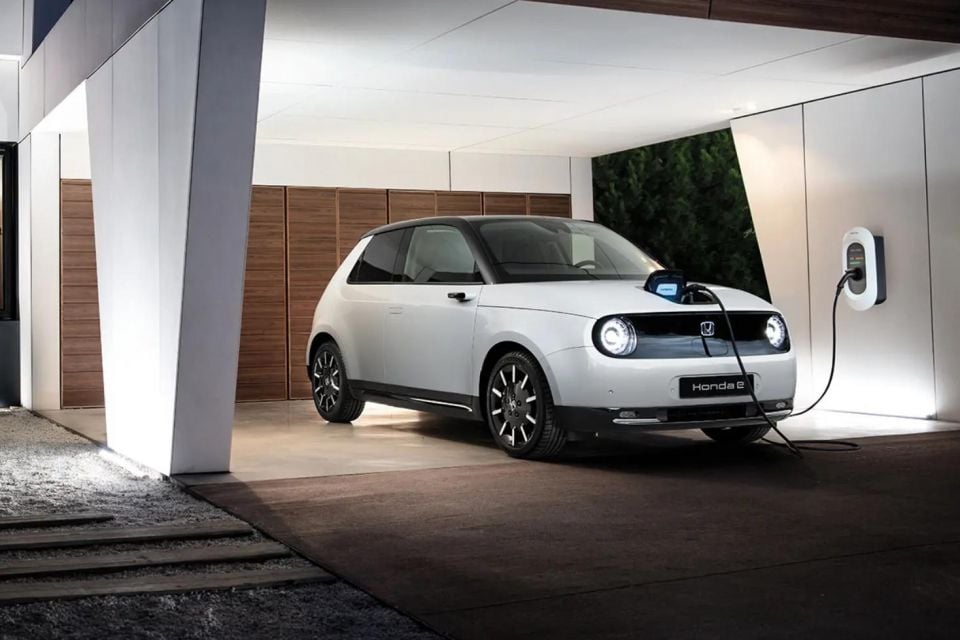
Power in the Honda E comes from a rear-mounted motor with a choice of either 100kW or 113kW outputs, along with 315Nm of torque.
The battery pack is a 35.5kWh lithium-ion unit, good for a claimed 210-220km of range under the WLTP cycle.
The current E is offered in Japan and Europe, but isn’t offered in markets like Australia, China and North America.
Honda’s new Chinese-built, HR-V-sized e:Ny1 electric SUV, in contrast, is being sold in Europe and China. It remains to be seen whether it will be offered in other markets, though it has been ruled out for Australia.
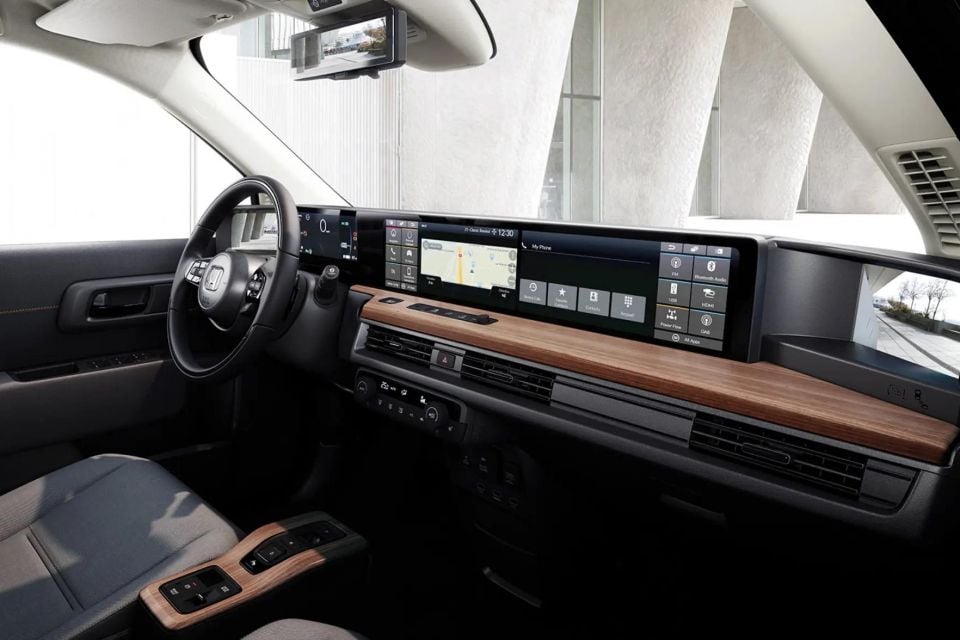
The company had projected 10,000 annual sales of the E in Europe, but in 2021 it sold just 3752 there. That’s despite fairly strong demand for similarly sized EVs there, such as the Peugeot e-208.
The company is rolling out different electric cars and SUVs depending on the market, but most are larger than the sub-4m long E hatchback apart from a handful of vehicles set to be exclusive to Japan.
They include an electric sedan from the Honda/Sony joint venture Afeela, entering production in 2025; a range of Chinese-market EVs including the e:NP2; and the North American Honda Prologue and Acura ZDX developed with General Motors.
Also due in North America in 2025 is a “mid- to large-size” EV on Honda’s new E&E Architecture, though Honda has scrapped plans to jointly develop with GM a range of affordable EVs.
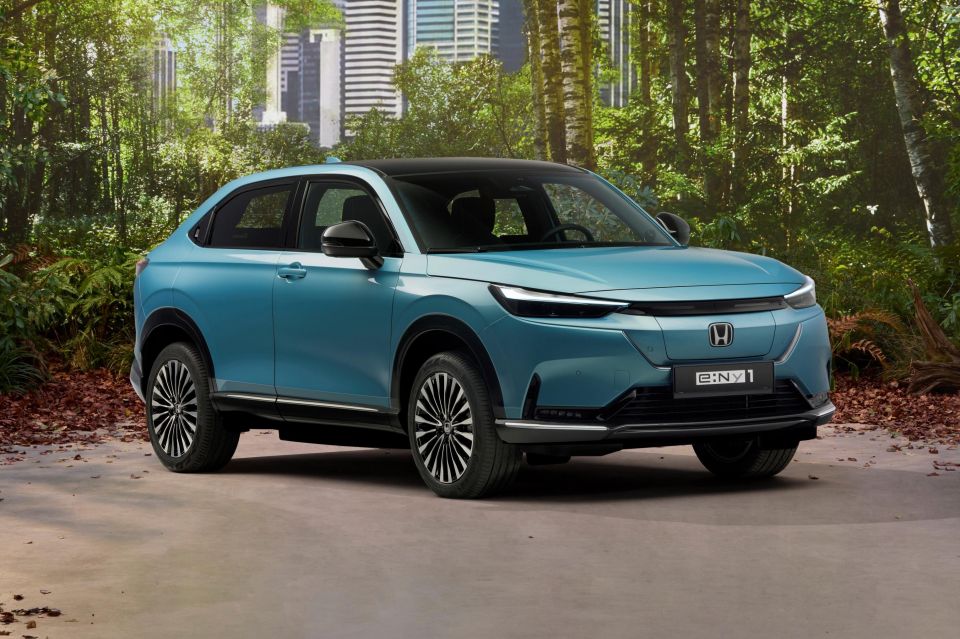
The Japanese market will receive an N-VAN based commercial mini-EV in the first half of 2024, followed by an EV based on the N-ONE in 2025 and two small EVs in 2026. One of the latter will be an SUV.
Australia will be waiting a while for a Honda electric vehicle of any kind, however.
Honda Australia confirmed earlier this year it won’t offer any electric cars before 2028.
“Our electrification strategy is all about using hybrid to bridge to electrification in the future,” said Honda Australia boss Carolyn McMahon in March.

“We don’t have any plans at the moment to introduce EVs.
“When we take a look at the Australian readiness, or the Australian market’s ability to cope with electric, we don’t think it’s quite there.
“For us right now, we think hybrid is right, that’s not to say Honda won’t be looking at electric vehicles in the future.”
Ms McMahon’s remarks come in stark contrast with those of global CEO Toshihiro Mibe and COO Shinji Aoyama, who have been frank about the threat posed by Chinese brands and the need to roll out EVs promptly.
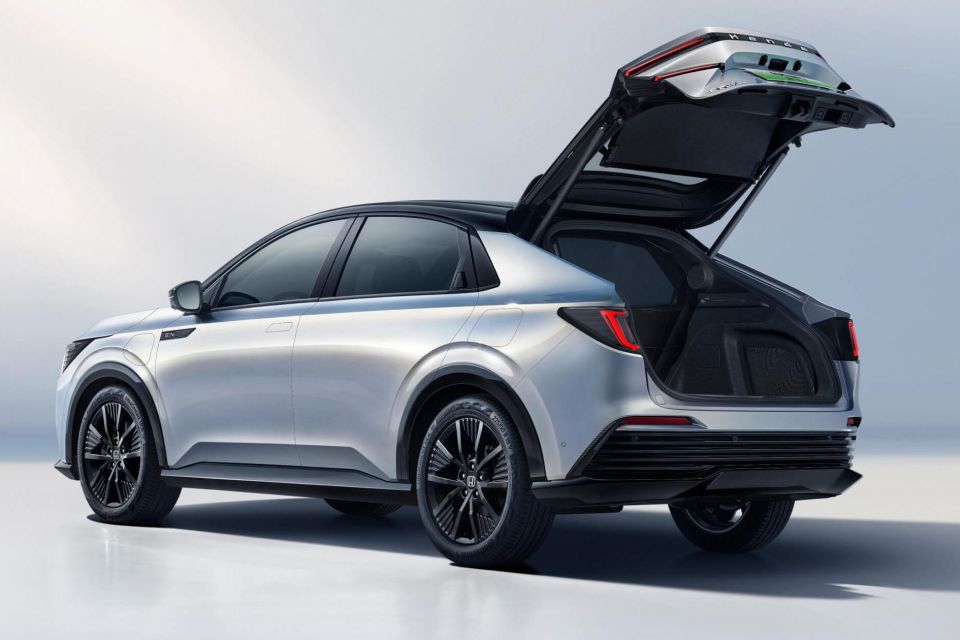
“They are ahead of us, even more than expected,” CEO Toshihiro Mibe said in remarks reported by Automotive News.
“We are thinking of ways to fight back. If not, we will lose this competition,” he added.
“We recognised we are slightly lagging behind, and we are determined to turn the tables.”
Where expert car reviews meet expert car buying – CarExpert gives you trusted advice, personalised service and real savings on your next new car.
William Stopford is an automotive journalist based in Brisbane, Australia. William is a Business/Journalism graduate from the Queensland University of Technology who loves to travel, briefly lived in the US, and has a particular interest in the American car industry.


James Wong
4 Days Ago


Angus MacKenzie
3 Days Ago


Paul Maric
2 Days Ago
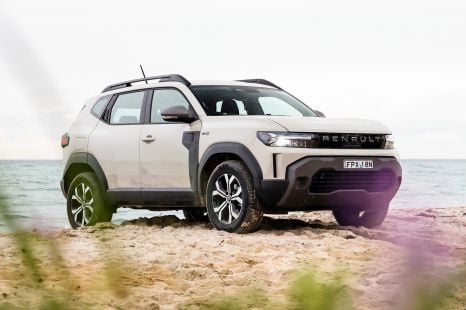

Max Davies
1 Day Ago
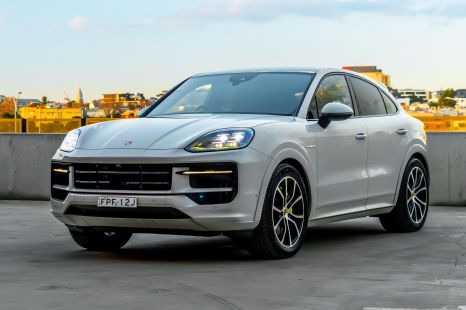

James Wong
1 Day Ago


Damion Smy
14 Hours Ago